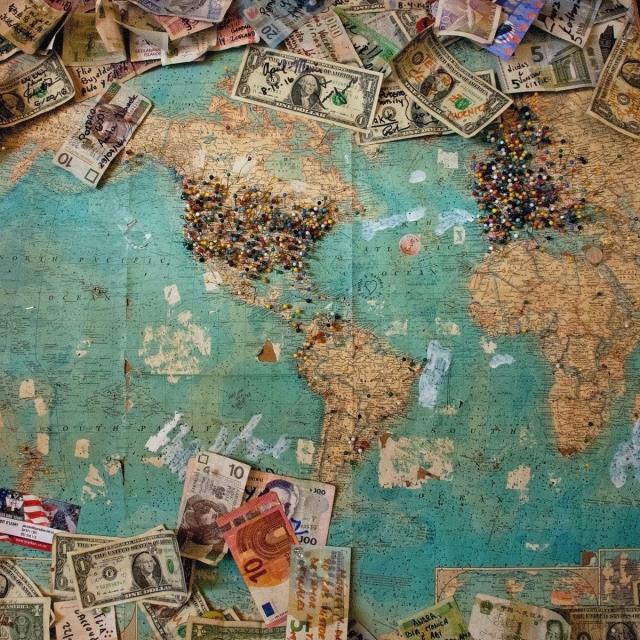MOOC List is learner-supported. When you buy through links on our site, we may earn an affiliate commission.

MOOC List is learner-supported. When you buy through links on our site, we may earn an affiliate commission.
At the end of this course, you will be able to:
- Understand the concept of GDP and its importance for businesses established in a country;
- Analyze de GDP by breaking down its key components;
- Understand the importance of inflation, monetary policy, balance of payments, and real exchange rate for a country’s macroeconomic environment.
- And above it all. Understand how to make connections between those concepts and try to make good use of them when establishing your business plan or your investment decisions.
This course is part of the Data & Finance for the future Specialization.
What You Will Learn
- Concept of Gross Domestic Product, why it is crucial for your business plan as it is also considered to be the income of the country
- Components of the Gross Domestic Product: consumption, investments, government, exports, imports and Keynes multiplier
- Monetary Policy, Balance of Payments, and Real Exchange Rate
Syllabus
Gross Domestic Product (GDP) concept and components
Welcome to the Macroeconomics for Business Management course! During this first week, we will cover the concept of Gross Domestic Product, why it is crucial for your business plan as it is also considered to be the income of the country, and one of its components, household consumption.
GDP Components: Investments and Government
During this second week, we will continue the analysis of the Gross Domestic Product components, covering investments and government. Mainly how investors in gross capital formation make their decision using some key elements such as real interest rates (cost of opportunity) and confidence.
GDP Components: Exports, Imports and Keynes multiplier
During this third week, we will finish our discussion on Gross Domestic Product components, covering exports, imports, and the Keynes multiplier. Exports and imports are critical to robust GDP growth as no country can make or produce everything alone. Hence, to better understand how economic growth could benefit from international trade is also essential to understand whether a country may envisage better domestic productivity onwards.
Inflation, Monetary Policy, and Balance of Payments
During this fourth and last week, we will cover the concepts of Inflation, Monetary Policy, Balance of Payments, and Real Exchange Rate. Balance of payments are also crucial to understand if a country is on the verge to experience a currency crisis which indeed could trigger inflationary, corporate, banking and economic crisis.
MOOC List is learner-supported. When you buy through links on our site, we may earn an affiliate commission.
MOOC List is learner-supported. When you buy through links on our site, we may earn an affiliate commission.
